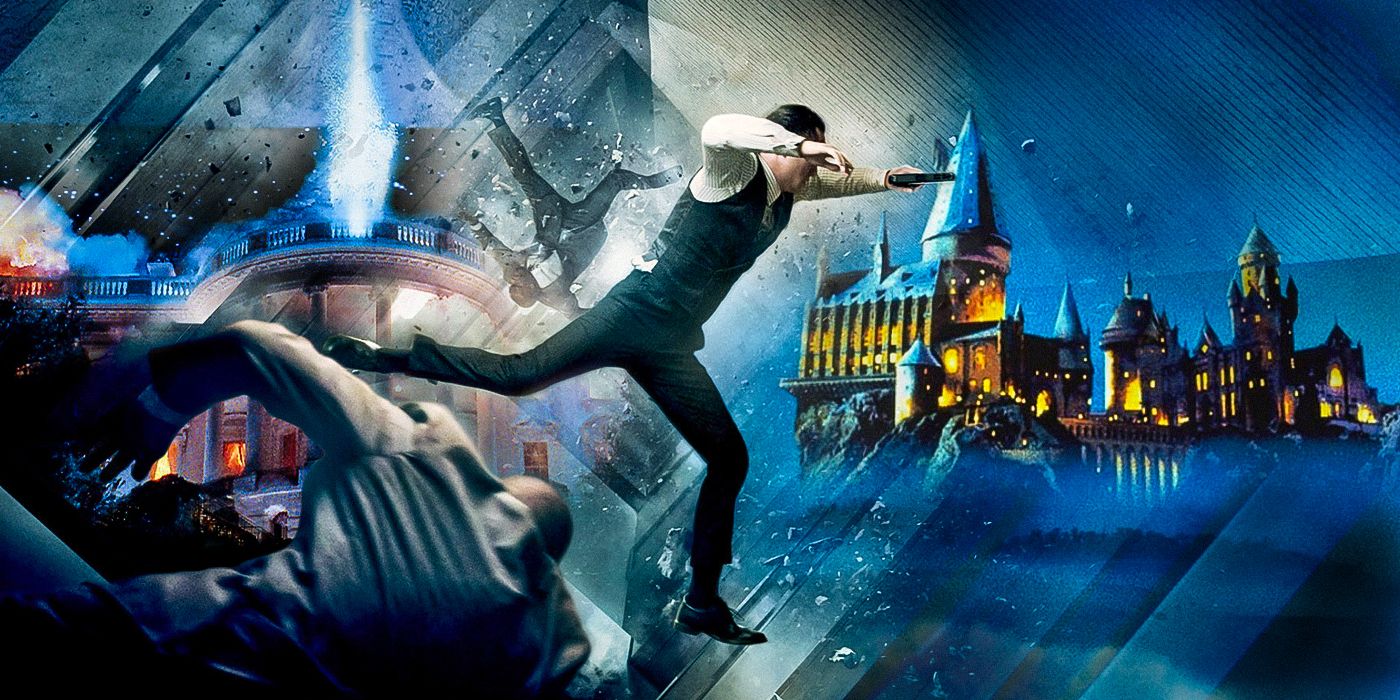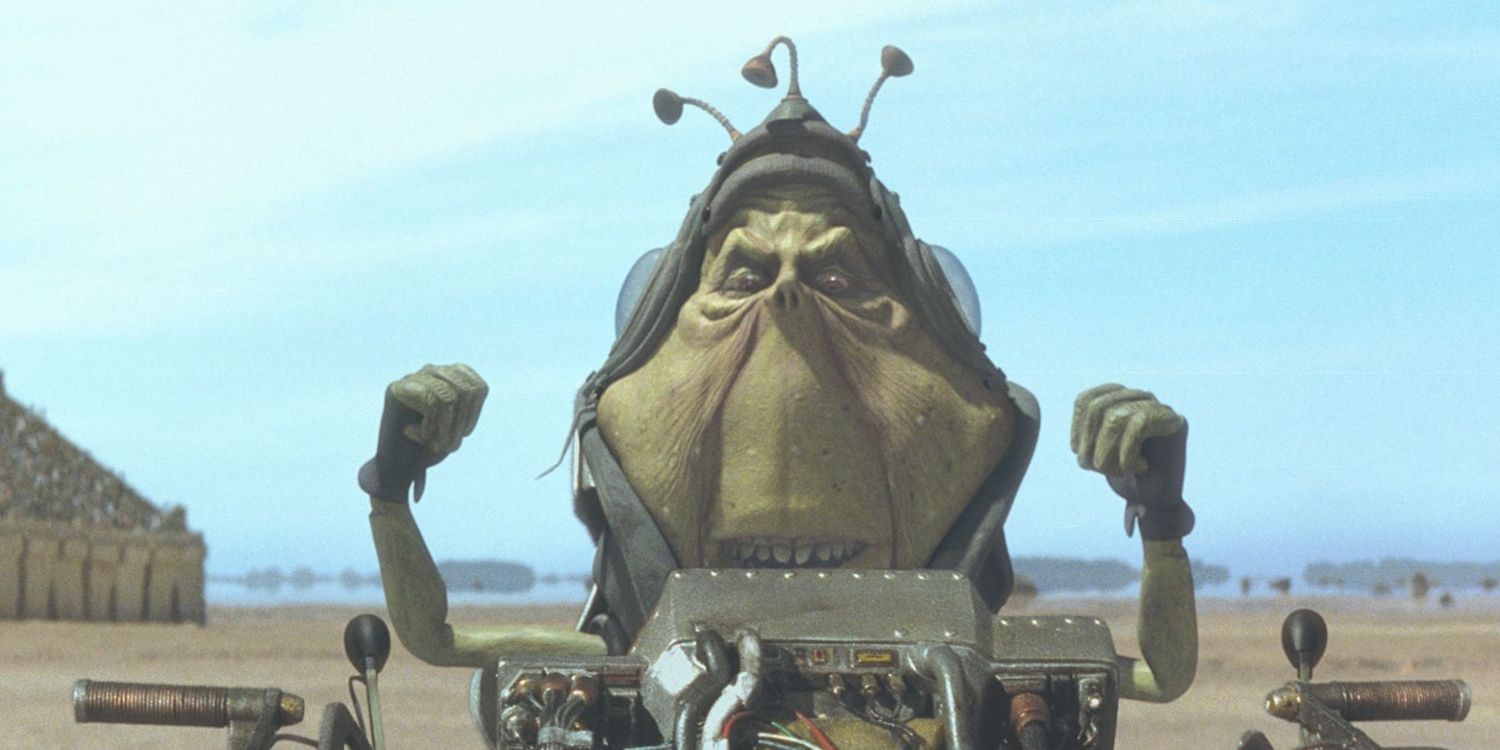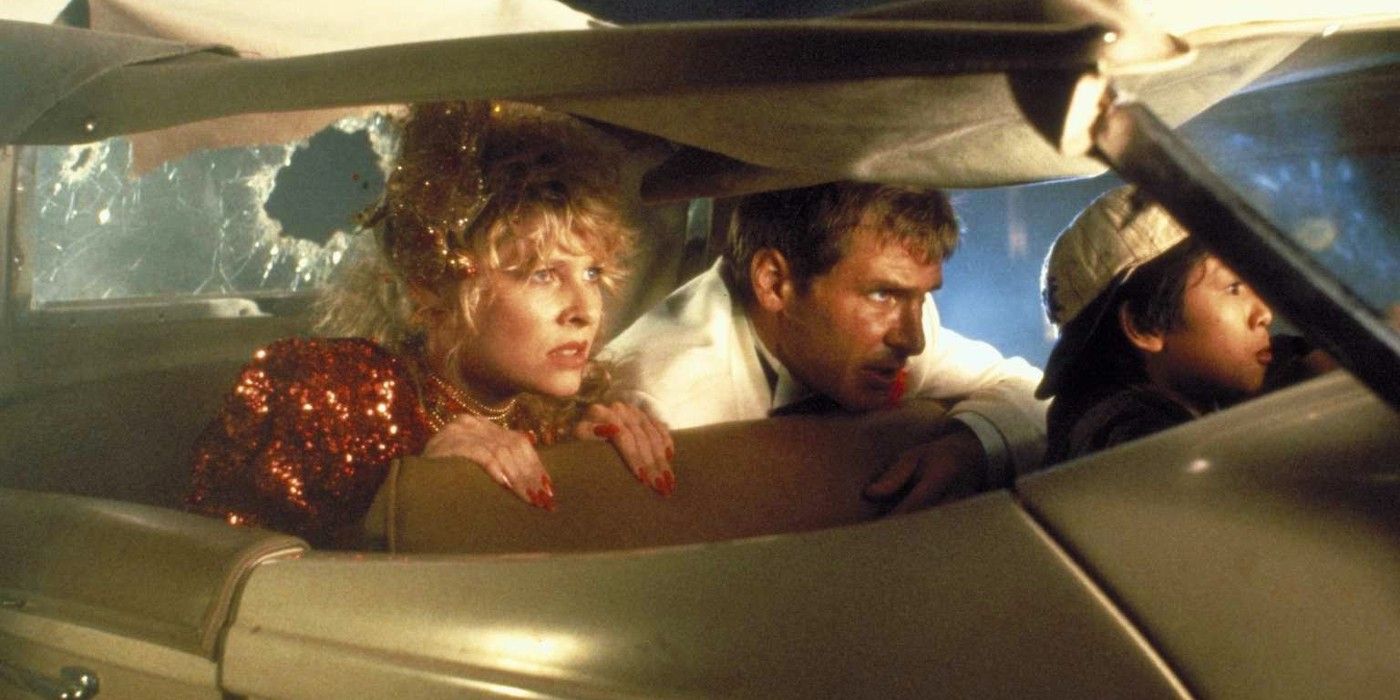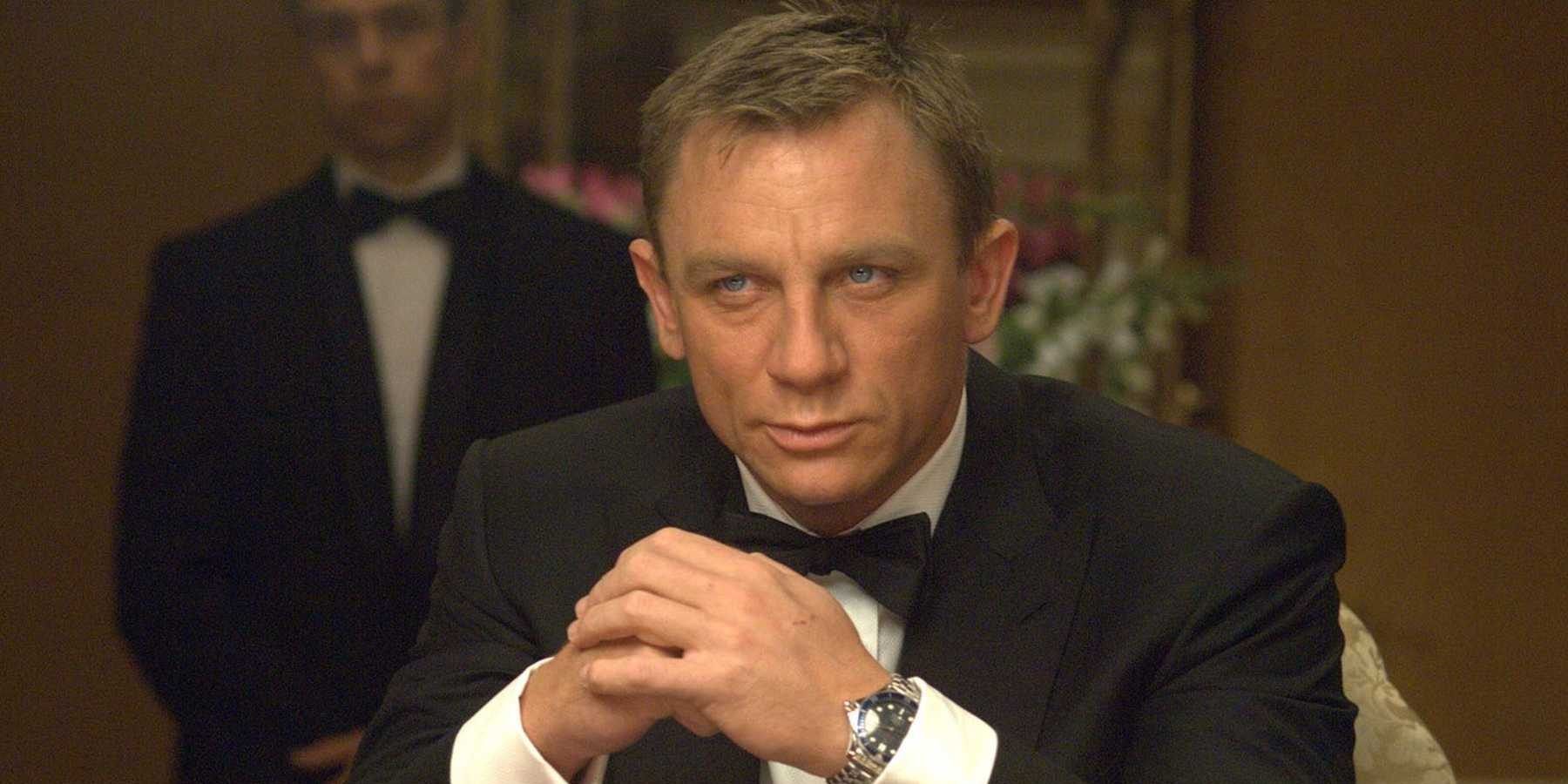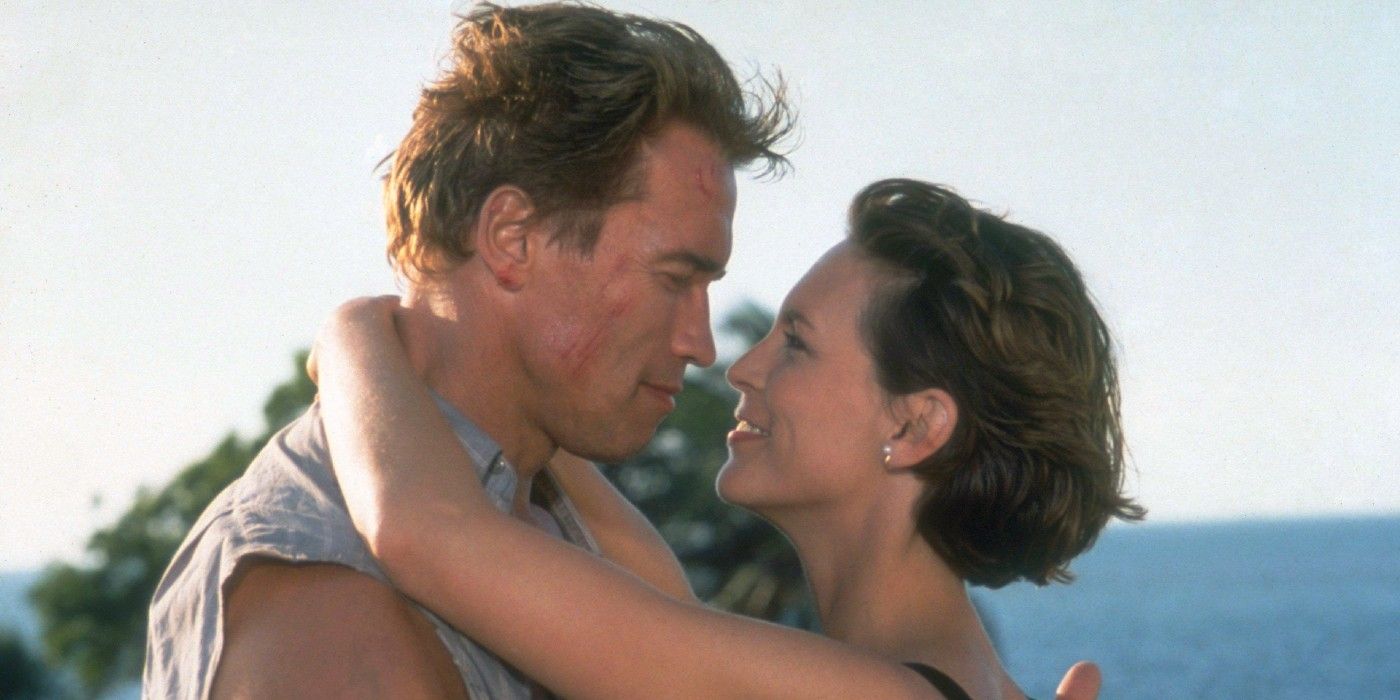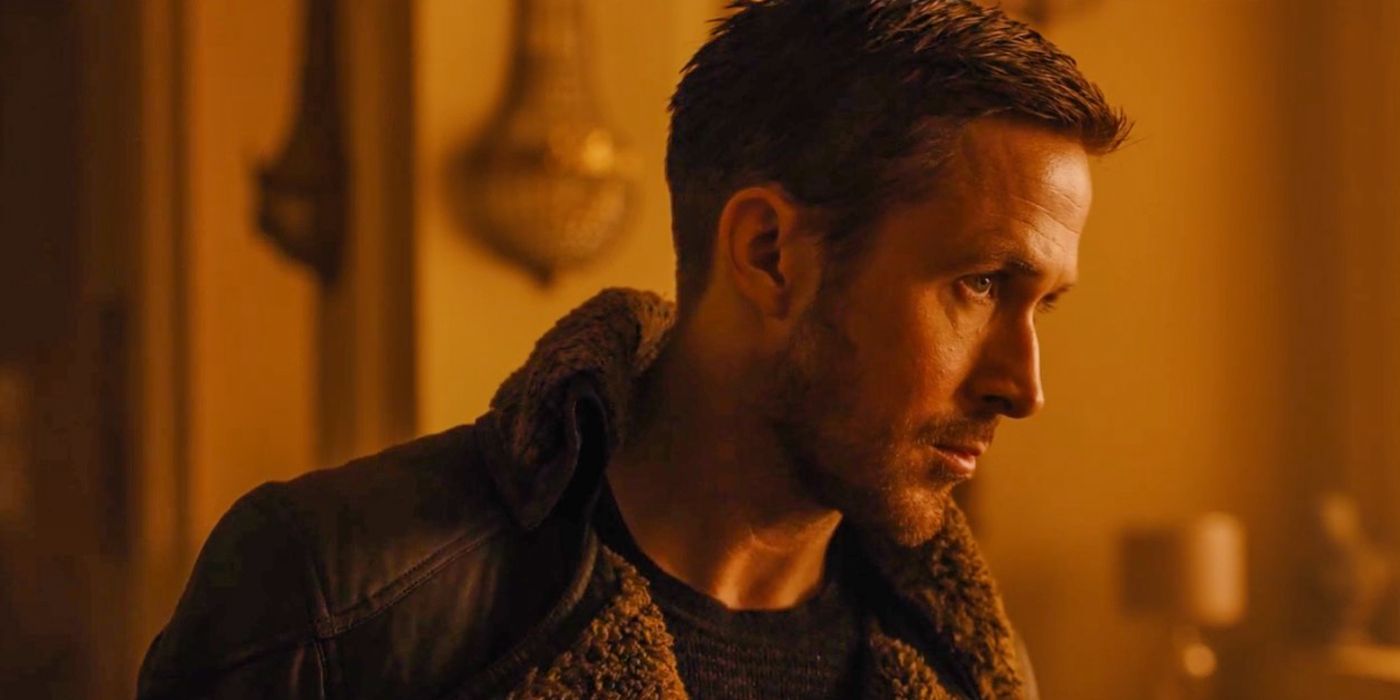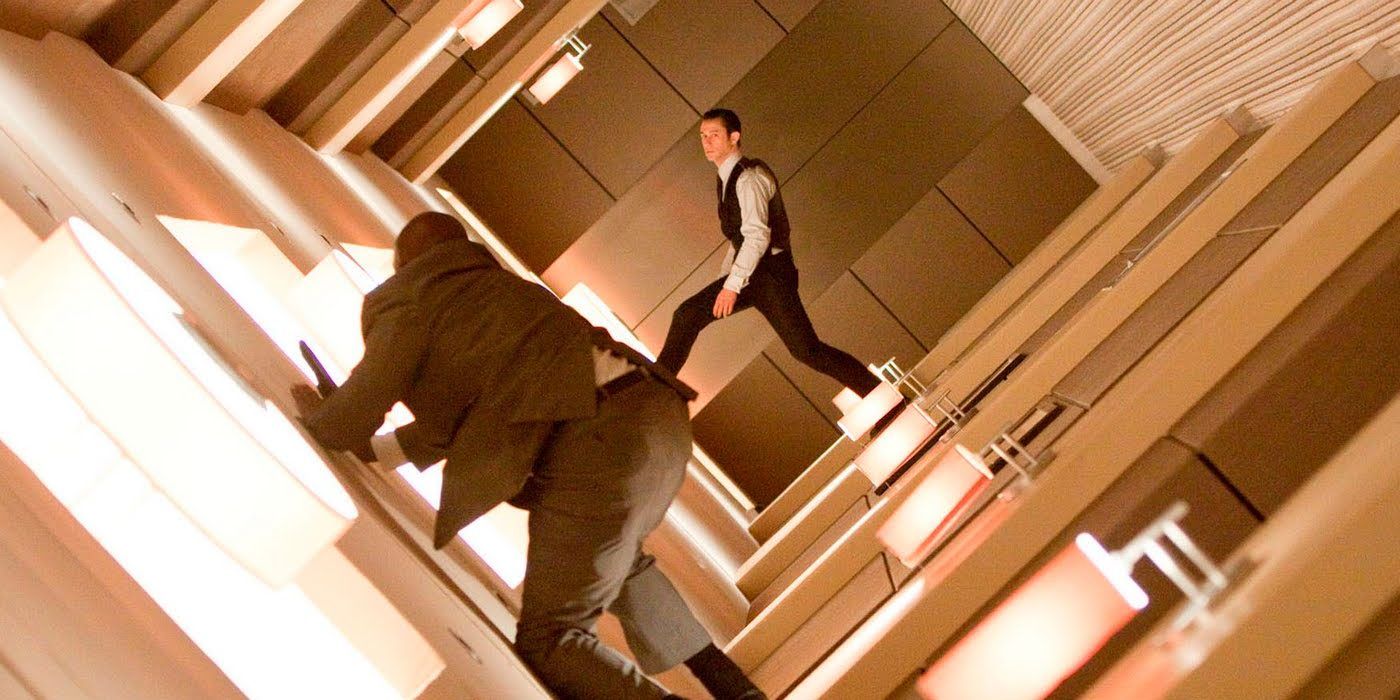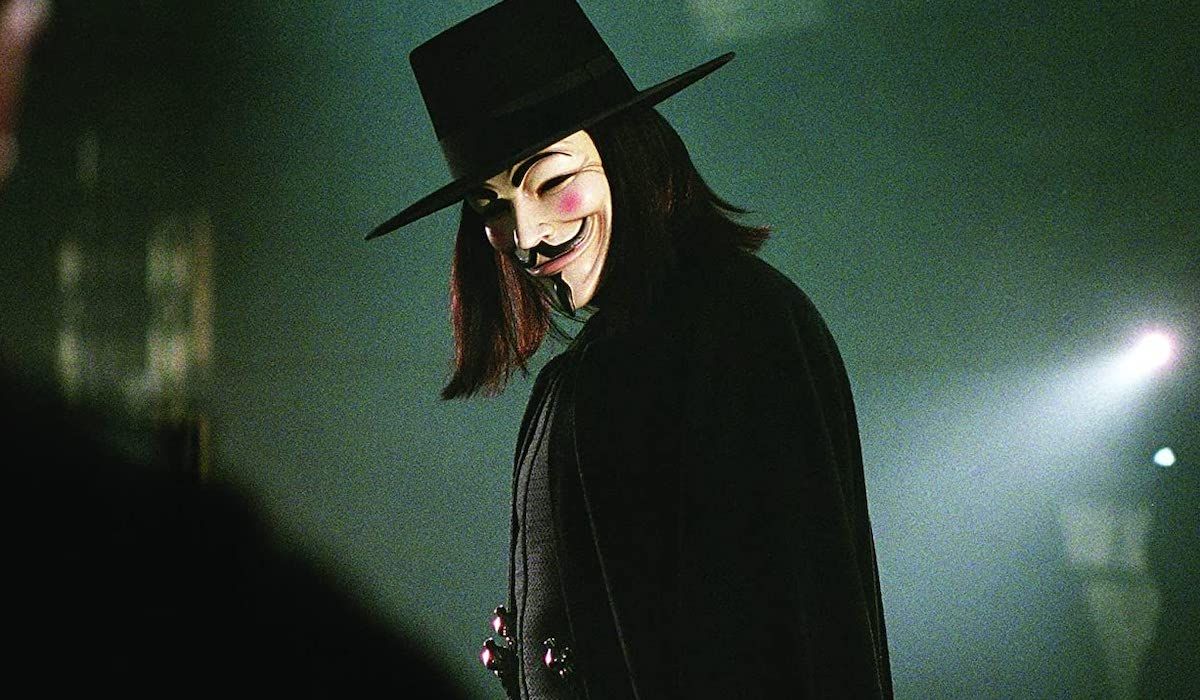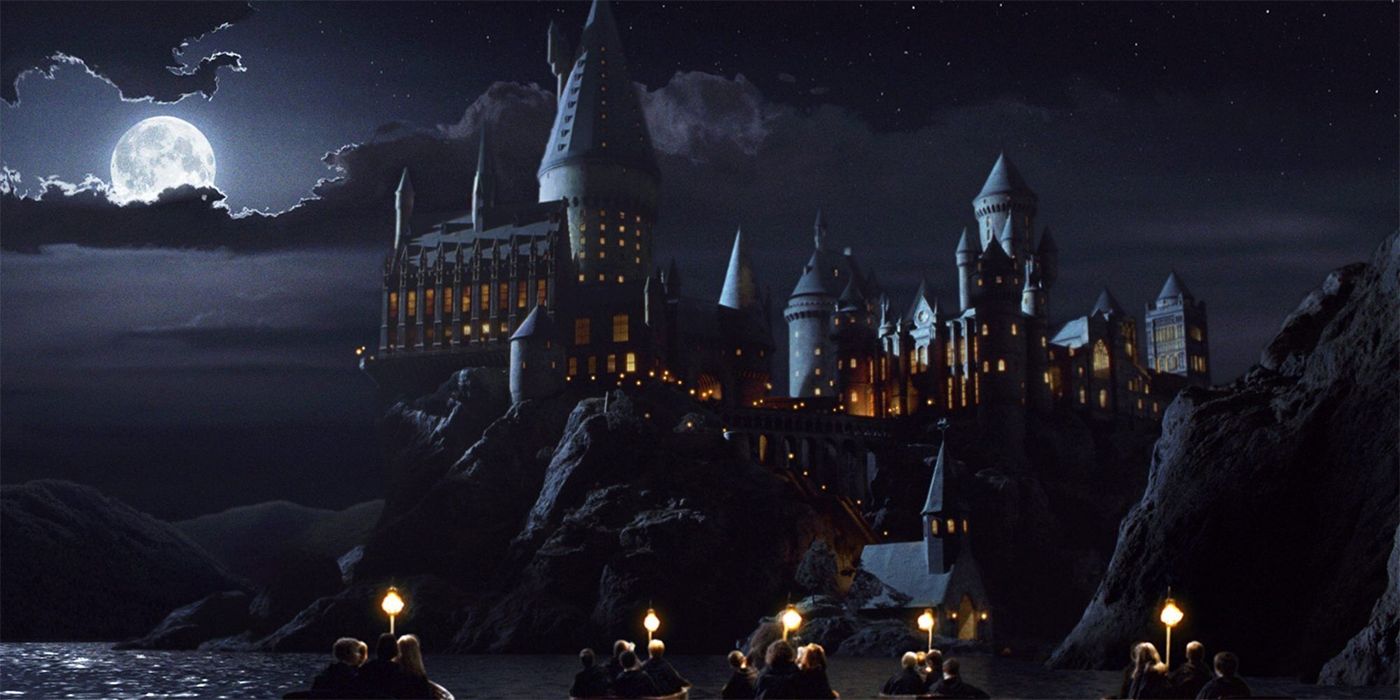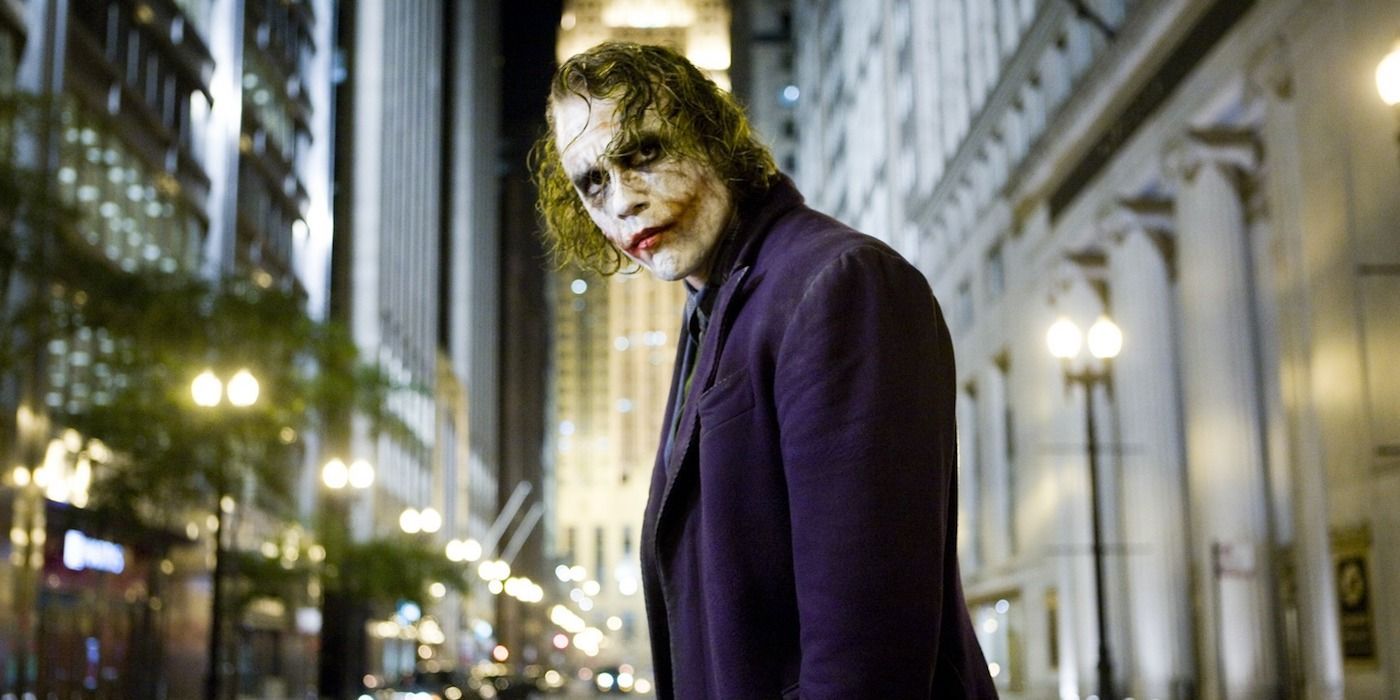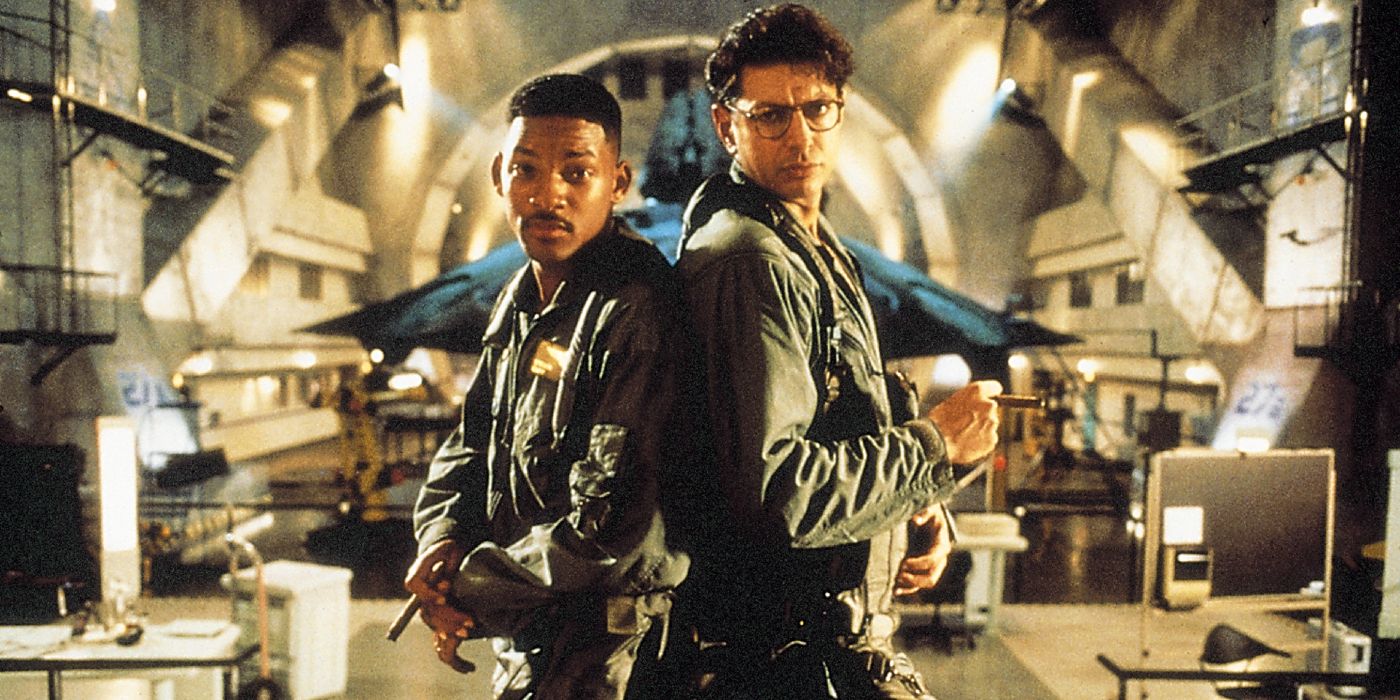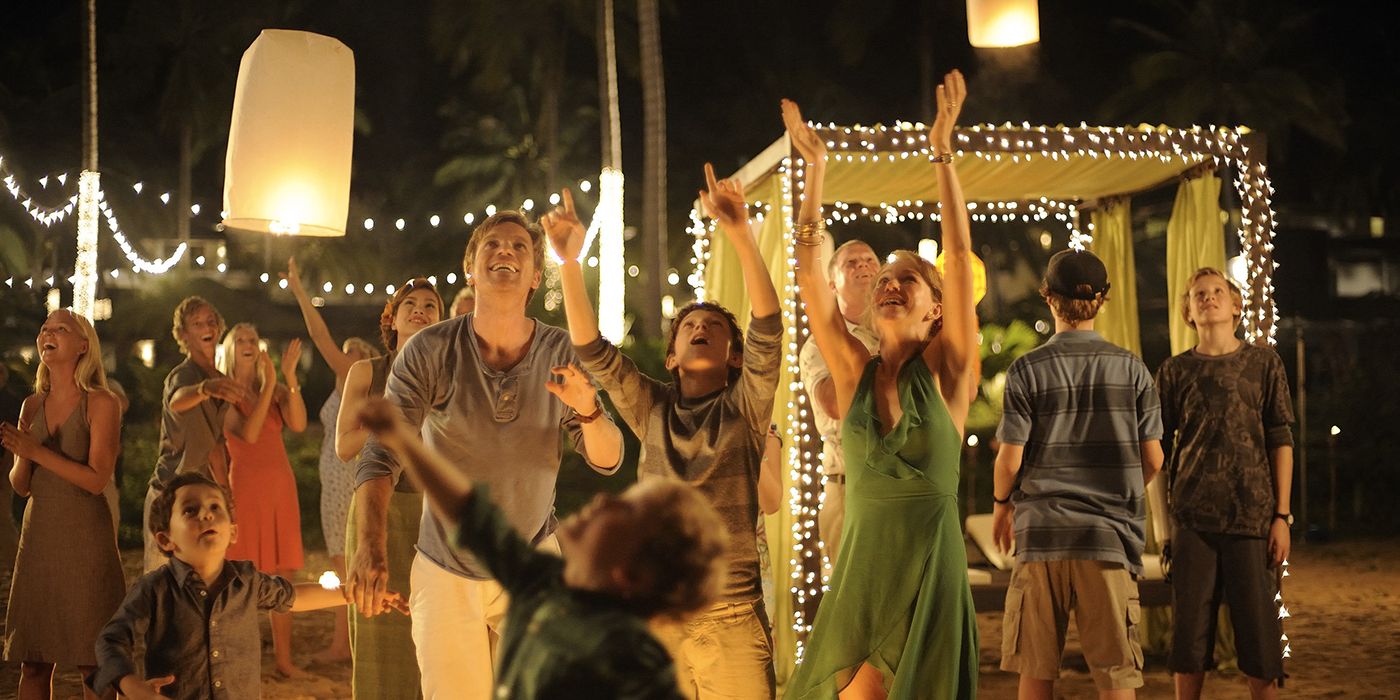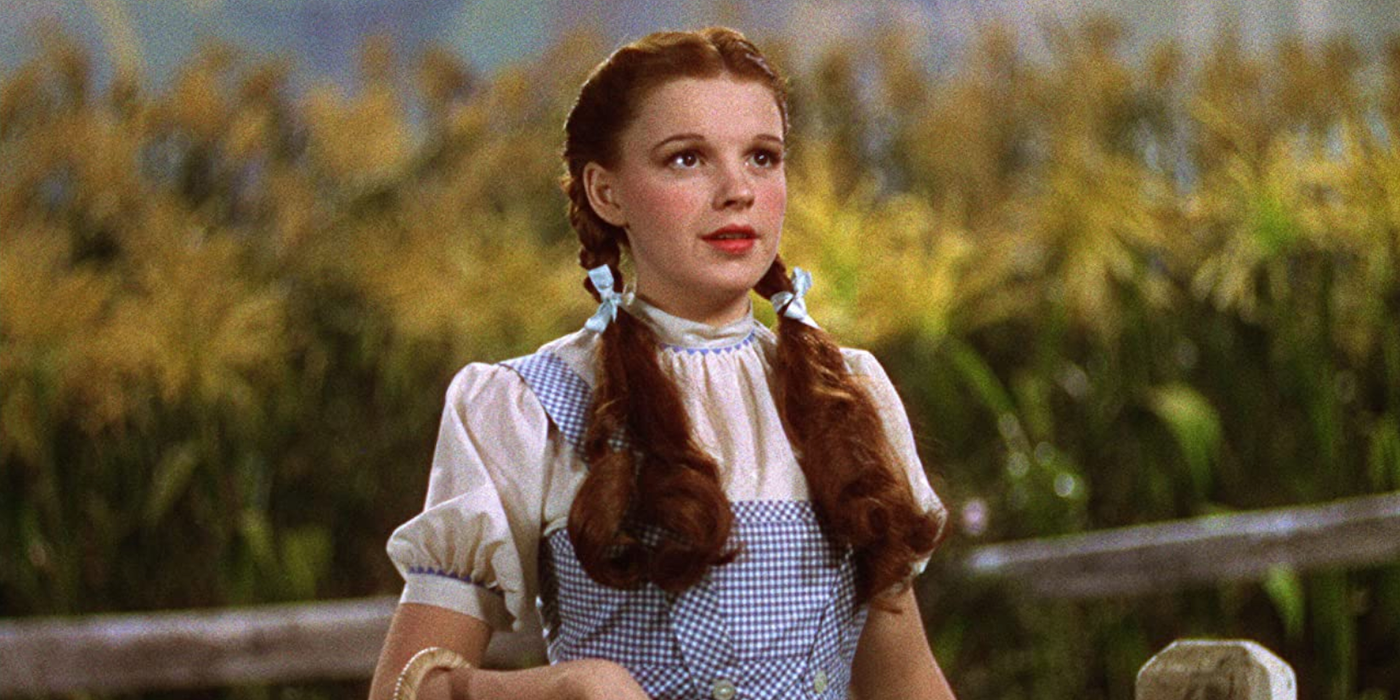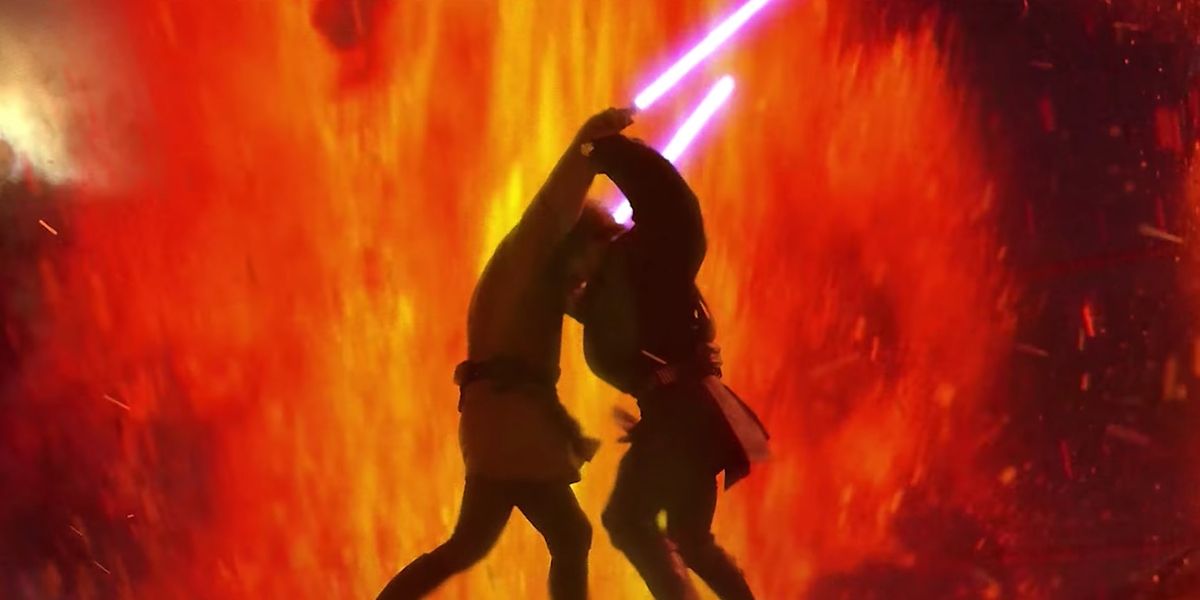When Jurassic Park arrived in theaters, it seemed to spark a new age of visual effects for what could be put on the screen. Movies like The Matrix and Avatar followed, along with films in between and after, all of which pushed CGI further along. But, don't let that make you think the traditional and practical use of miniature effects was left behind to collect dust.
The most important part of visual effects is to make audiences believe what they’re seeing on screen is every bit as real as the actors. By still using small sets today, the desired result can be earned, although not always cheaper. For the following films, not every scaled-down model was the size of a dollhouse. Many were massive, with one reaching a height of 40 feet.
Star Wars: Episode I – The Phantom Menace
Despite the higher frequency of CGI effects seen in the prequel trilogy, at least compared to the original three, there was a plentiful amount of miniatures on display. A number of complex little sets were built to convey the depth and diversity of the new worlds and cities that made up the galaxy far, far away. In The Phantom Menace, the miniatures popped up in surprising places.
The pod-racing arena was real, with the alien audience members layered into the seating afterward. Various vessels and pods were also built on a smaller scale to appear as authentic as possible. The same thing was done for the city of Naboo, where a walkway was fitted with a blue screen to digitally place the characters during post.
Indiana Jones and the Temple of Doom
Fans of Indiana Jones and the Temple of Doom will know the moment when it comes. Indy (Harrison Ford) and his friends have to outrun the members of a Thuggee cult. They exit the underground temple the only way they can, through a mine on narrow, crooked tracks, going fast and perilous. The sequence holds up to this day for good reason.
The mine cart chase was a result of using action figure-size models and miniature shot tricks. When filming such a scene, the camera speed needs to be slowed down to match the smaller-scaled props. When it's put together with the closeup footage of Indie and friends fighting off the cult members, it's only if you scrutinized everything on the screen that you would maybe see when the models showed up.
Casino Royale
In Daniel Craig’s first outing as the 007 agent, the film had to end on a big note. So after introducing Vesper (Eva Green) and then developing her romance with Bond, the film places her in immediate danger. Bond fights henchmen left and right, all to get to Vesper, who’s trapped in an elevator inside of a palazzo sinking under the water. In this reboot of the long-running franchise, Bond was presented as being more vulnerable. There might be no better way to do so than by making circumstances seem uncertain if Bond will come out successful.
The sinking palazzo in Casino Royale’s finale was done with a model, along with several other buildings. It already looks great through behind-the-scenes footage. When edited together in the film with everything else, it's even more spectacular that the sinking set isn't life-size. The old-school effect makes perfect sense for an old icon that hasn’t made any plans to retire.
True Lies
Jamie Lee Curtis starred as the naive and innocent wife of Arnold Schwarzenegger’s super spy. The two get caught up in a terrorist plot in Florida where Schwarzenegger rushes to save his captured wife in a limo. The set-piece occurs on the Seven Mile Bridge in the Florida Keys. Prior to that limo rescue, a good chunk of the bridge is blown up to stop the terrorists from reaching land.
The real Seven Mile wasn’t blown up, although watching True Lies, you might certainly believe it was. A model was set up with explosives, along with smaller versions of the vehicles belonging to the villains. But the miniature work didn’t stop there. Two other set pieces came alive, from the jet flying over Florida skyscrapers in the finale and in the wintry escape that opens the film.
Blade Runner & Blade Runner 2049
The cyberpunk future seen in both of these sci-fi movies is not a glamorous depiction of what might come. In dealing with landscapes alone, it's overpopulated with buildings, many of which appear to be squished together and built on top of others. But a reason it may seem so unpleasant is how authentic it appears. The neo-noir city of Los Angeles was brought to life thanks to models of buildings and flying vehicles.
Both films committed to this visual effect for various moments. During the flight scenes for both the original and 2049, scaled-down vehicles were filmed. The great, big Tyrell pyramid of the original was part of this miniature work. As for the more modern sequel, the LAPD headquarters, much of the city, and even the junkyard, used these kinds of sets despite the advanced CGI that could have been inserted in. A lot of time and attention went into the making of these elements and it certainly added a layer of realism.
Inception
In Inception, a team of thieves enters the mind of a man to slip into his subconscious. For the incredible moments of the dream worlds that break the laws of physics, CGI was generously used to great effect. But not everything relied on CGI to be achieved. Towards the end, a final push to secure the heist job involves the main characters entering a fortified hospital on top of a snowy mountain. The hospital and the surrounding landscape are destroyed by explosives, the blast helping to wake up the characters from the deep sleep.
Real sets were used throughout the movie, from the rotating hallway and a real exterior for the hospital was built. But there was an additional element. Along with the life-size set for the hospital, there was also a scaled-down one with a special purpose. Real explosions collapsed the hospital, standing 40 feet tall, along with a mountain in the meticulously made model.
V for Vendetta
V, the anarchist wearing a Guy Fawkes mask, goes to great pains when planning to uproot the regime that has taken over the UK in this dystopian future. He gives up his life for the cause and his body is placed in a train car that is sent off to be his final message. Being completely rigged with explosives, the train is detonated while going through Parliament and Big Ben.
Of course, the real landmark was not destroyed for the sake of art. Instead, the series of explosions tear through a much smaller version of the clocktower. The Big Ben model reached 30 feet and the model of the Old Bailey, seen much earlier in the film, reached up to 20 feet. Debris and other effects were added in later but the explosions were very real.
Harry Potter and the Sorcerer's Stone
When watching the first film in the series for the first time, the school for witchcraft and wizardry can give a sense of awe. Many thanks should go to the crew that carefully brought it to life. Even though Hogwarts was a model, it was still a great, intricate piece of craftsmanship. There were bulking towers, walkways, and added land around the castle, including the rickety, covered bridge many beloved characters have used.
For The Sorcerer's Stone, seven months of prep work had to be done, with forty people making sure Hogwarts looked good and ready for the camera. Due to narrative requirements, twenty model makers frequently went back over the years, retouching the iconic castle. With each new film, they added in updates. Very tall and very wide, it's every bit as breathtaking as Hogwarts should be.
The Dark Knight
Heath Ledger's performance as the Joker stole the whole show in this Batman sequel, so much so the late actor earned a posthumous Academy Award. The diabolical clown prince of crime made life for Batman hell. But it might have all been worth it due to the number of exciting action scenes that were featured. Like Inception, director Christopher Nolan relied less on CGI to put them on the big screen.
Scaled-down miniatures were used for the tunnel car chase. It was seen when Batman’s tumbler sped ahead, slamming into a henchman’s garbage truck, before turning around to catch up to the Joker. While watching The Dark Knight, you might not even be able to tell at first glance real vehicles were not used for the crash. That's the beauty of miniature work, it hides in plain sight.
Independence Day
When the aliens in this invasion movie attack, they do so by obliterating landmarks, from the White House to the Empire State Building. From those blasts, intense infernos consume cities and surrounding areas. All those destroyed landmarks were thanks to elaborate recreations, definitely being much fancier than any average dollhouse.
The visual effects were so beloved in Independence Day, it earned Oscar gold for VFX artists Volker Engel, Douglas Smith, Clay Pinney, and Joe Viskocil at the Academy Awards. On talking about the work, Engel discussed with The Hollywood Reporter the high level of detail that went into making the White House model.
"Our pyrotechnician, the late Joe Viskocil, and our miniature supervisor Mike Joyce did a fantastic job in preparing a 15-feet wide and 5-feet high miniature of the building—basically a plaster shell attached to a metal body, with individual floors and a lot of furniture and other details on the inside.”
The Impossible
Based on a true story, a family has to struggle through dire situations after a tsunami wave causes immense devastation. While watching the wave impact their hotel, it appears as terrifying as the real event could be. That would be due to an actual mock tsunami being unleashed inside a tank unit, where there was also a smaller model of the hotel the family is staying at.
When the day arrived for it to be filmed, only a camera remained behind to capture the water rushing by, obliterating the hotel. It protected the crew from being swept in by the very real and dangerous current. Several other instances of the wave's path of destruction seen in the film were thanks to the water tank.
Wizard of Oz
Before Dorothy gets transported to the technicolor world of Oz, a tornado swirls around the empty and deserted landscape of her Kansas home. With the film made all the way back in 1939, just how could a tornado be created as a visual effect? Several years earlier in 1930, real footage was taken of one but without relying on grainy archival footage, somehow the weather phenomenon needed to be filmed.
This was the tornado that helped fans realize their future dreams of being meteorologists. The end result was thanks to a long piece of muslin cloth, the material allowing itself to be easily shaped, mimicking the flexibility of a true twister. It was filmed on a sound stage and later projected in the background when the actors were onscreen, being one of the costliest scenes of the entire movie.
Star Wars: Episode III – Revenge of the Sith
In Revenge of the Sith, the battle of Utapau is where Obi-Wan and General Grievous fight to the death, and the sinkhole location was a real element while filming, in the form of a scaled-down set. If paused, viewers could see all the intricate layers to the rocky city of Utapau. Even more awesome was the volcanic wasteland of Mustafar.
For the film’s climactic duel between Anakin and Obi-Wan that takes place on the hellish planet, a miniature of it was built on a tilted wooden set. There was a reason for the angle. Fake lava glowed along crevices, thanks to lights underneath the sets, and slime was needed to be poured down the streams. The tilt helped with the movement.

